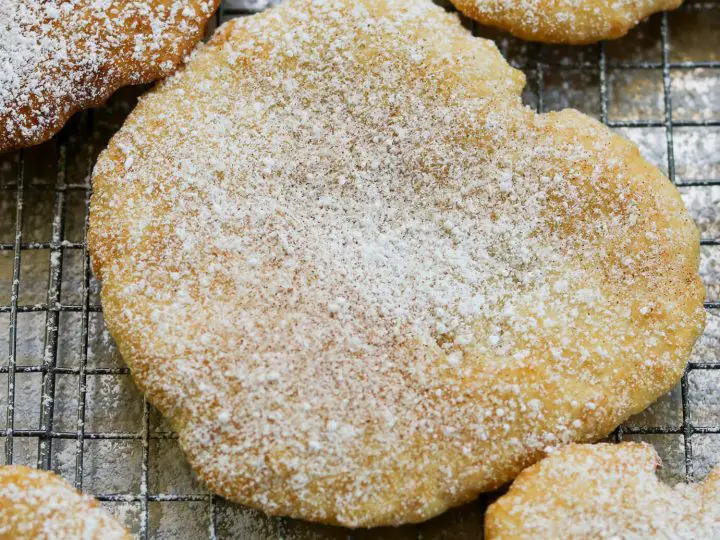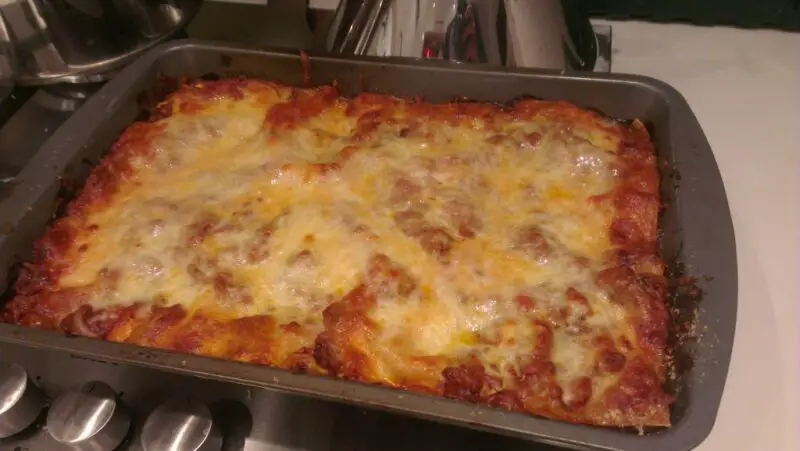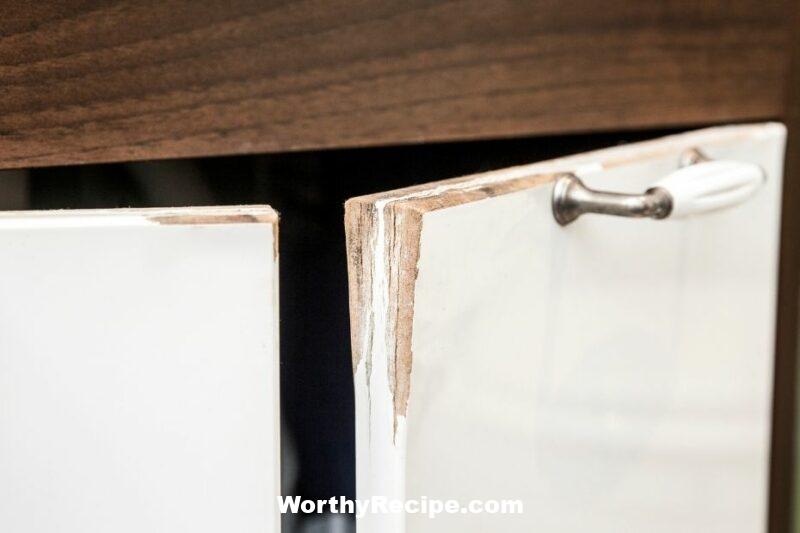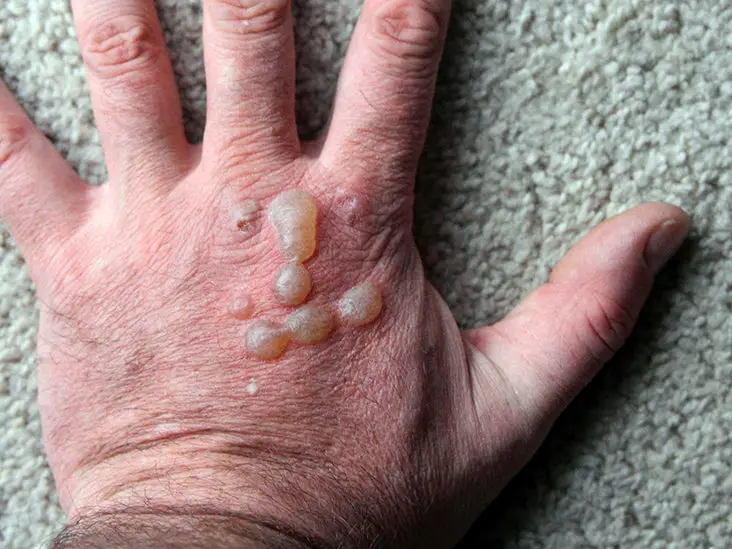Who doesn’t love a fresh batch of fried dough? The crispy, golden exterior gives way to soft, pillowy dough that’s piping hot and oh so satisfying. But have you ever found yourself reaching for the last piece, only to discover it’s lost its crunch? Fear not, dear reader, because we’re about to unveil the secrets of keeping fried dough crispy. With a few simple tips and tricks up our sleeves, your next batch of treats is sure to have everyone begging for seconds. So let’s get frying!
How to Keep Fried Dough Crispy: Tips and Tricks
Fried dough is a popular snack enjoyed all around the world. Whether it’s donuts, churros, or beignets, there’s something undeniably delicious about the crispy exterior and soft, fluffy interior of fried dough. But how can you keep your fried dough crispy? In this article, we’ll discuss tips and tricks for maintaining texture and flavor in your favorite fried snacks.
Understanding the Science Behind Fried Dough
Before we get into specific techniques for maintaining crispiness in fried dough, let’s first take a closer look at what happens during the frying process. When dough is placed into hot oil, moisture begins to evaporate from the surface. As this happens, the oil begins to penetrate the dough, creating steam. This steam expands rapidly and causes bubbles to form within the dough. These bubbles are what give fried dough its signature light and airy texture.
The downside to this process is that as moisture continues to evaporate from the surface of the dough, it becomes more difficult to maintain a crispy texture. Additionally, if the oil temperature isn’t maintained properly during frying, it can cause excess oil to soak into the dough leading to a limp and greasy product.
Tips for Preparing Fried Dough for Optimal Crispiness
The first step in achieving optimal crispiness in your fried dough is selecting the right type of dough. Yeast-based dough tends to create a lighter texture than baking powder-based recipes but requires longer resting times before frying. If you choose a yeast-based recipe, be sure to allow enough time for rising before shaping your dough.
Certain flours are better suited for creating crispy fried dough than others. Two flours that work particularly well are bread flour and all-purpose flour. Both contain high protein levels, which help to create a chewier texture. Be sure to avoid using cake or pastry flour, as they can lead to a softer finished product.
When shaping your dough, it’s important to aim for an even thickness throughout. Thick spots will take longer to cook and may become greasier, while thin spots can crisp up too quickly or even burn.
Best Practices for Frying Fried Dough
The type of oil you choose can have a significant impact on the final texture of your fried dough. Certain oils, such as vegetable oil and canola oil, are better suited for frying because they have high smoke points and neutral flavors. Avoid using butter or olive oil for frying as they tend to burn at lower temperatures and can flavor the finished product excessively.
To ensure that your fried dough cooks evenly and achieves optimal texture, use a thermometer to monitor the temperature of your oil. The ideal temperature range varies depending on the recipe but generally falls between 350-375°F (175-190°C). If the temperature drops too low, excess oil will soak into the dough causing it to become greasy rather than crispy.
The amount of time that you fry your dough also affects its crispiness and flavor. If you under-fry your dough, it may turn out dense and overly moist inside. Conversely, over-fried dough can be overly dry and tough or even burnt if left in the oil for too long.
Preventing Moisture Buildup After Frying
Once your fried dough is cooked to perfection, storing it correctly is key to maintaining crispiness after frying. To prevent moisture from building up inside your container after frying:
- Allow your fried dough to cool completely before storing it in an airtight container or zipper bag
- Avoid packing too many pieces together or stacking them on top of each other, as this can cause moisture buildup
- Try to store your fried dough separately from any wet or juicy foods that could cause it to become soggy.
Reheating Strategies to Retain Crispiness
If you need to reheat your fried dough, there are a few strategies that will help you retain the desired texture and flavor:
- Preheat your oven to 350°F (175°C). Arrange your leftover fried dough on a baking sheet, and heat for 5-10 minutes until heated through.
- If you have an air fryer, they are also excellent for reheating previously cooked fried items. Put the fried dough pieces onto the rack in a single layer then heat at 375°F (190°C) for 3-4 minutes.
- To reheat in the toaster: Cut the previously cooked crispy dough into halves or slices so they fit comfortably in the toaster. Toast on low heat setting until hot and crispy.
Troubleshooting Common Issues with Keeping Fried Dough Crispy
If you follow all these tips and still seem to be having trouble maintaining crispiness in your fried dough, here are some common issues that may be causing problems:
- : Try increasing frying time if Initially heated out without being properly rested
- Soft toasted areas can be restried again
- Storage is important: Avoid plastic bags as they trap steam which makes crispy food lose its crunch
Special Preparation Considerations for Specific Types of Fried Doughs
Various regions have their specialities when it comes to fried dough. Here are several tips tailored to specific recipes:
- Churros from South America: If you want extra crispy Churros, roll them in cinnamon sugar before they cool off and store them separately so moisture doesn’t get trapped.
- Koeksisters from South Africa: Fry until fully cooked but still doughy enough to use a cooling syrup, this helps preserve texture and crispness.
- Donuts from North America: Use bread flour (more protein means chewier texture) and allow dough to proof once shaped in correct size. Ideal frying temperature is between 350-375°F (175-190°C) for two batches.
Conclusion
Fried dough is a delightfully indulgent treat, but it’s important to know how to keep it crispy after frying. By following these tips and tricks, you’ll be well on your way to enjoying the perfect fried snacks every time.
Summary
Fried dough is a beloved treat all around the world, but it can be challenging to maintain its crispy texture. To ensure optimal crispiness, it’s crucial to understand the science behind frying dough, including the role of ingredients and how the frying process affects texture.
Choosing the right type of dough, proper kneading and resting techniques, and temperature considerations are also essential steps in preparing crispy fried dough. Best practices for frying include selecting the right oil, monitoring frying times according to dough type, and preventing moisture buildup after frying.
Reheating strategies such as oven or air fryer heating can help retain crispiness, while troubleshooting common issues like slow refrying processes or limp toasted areas helps maintain a quality product.
Special preparation considerations for specific types of fried doughs such as churros from South America or donuts from North America are also discussed. With these helpful tips and tricks, anyone can achieve the perfect crispy fried dough every time!







